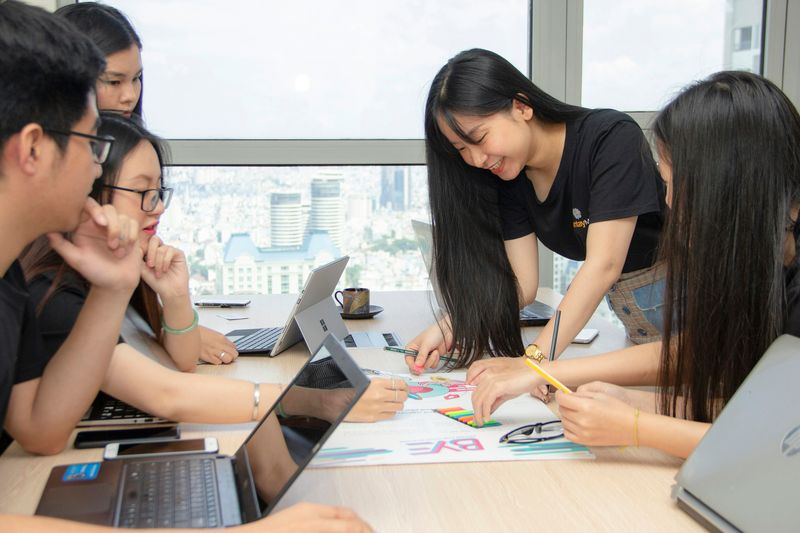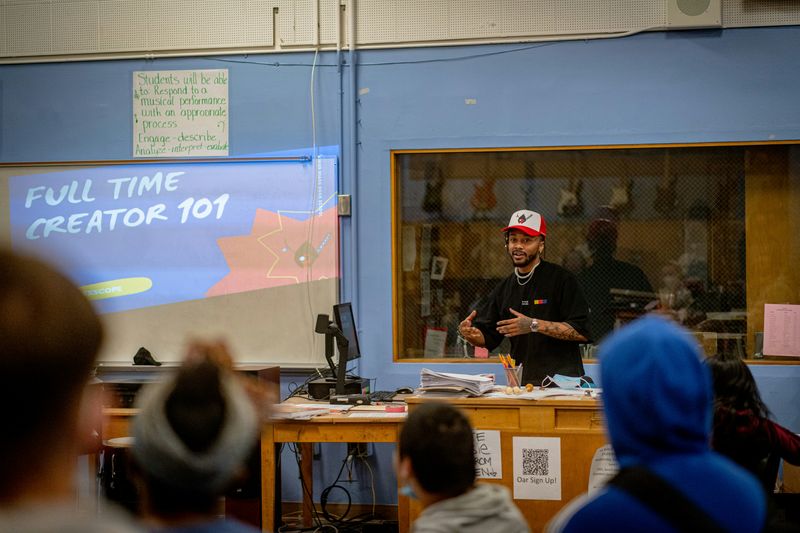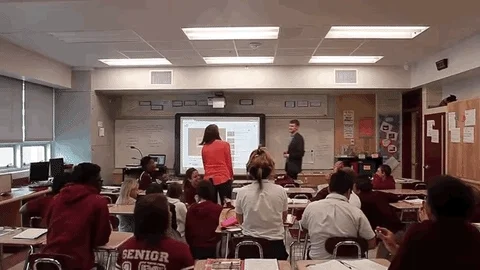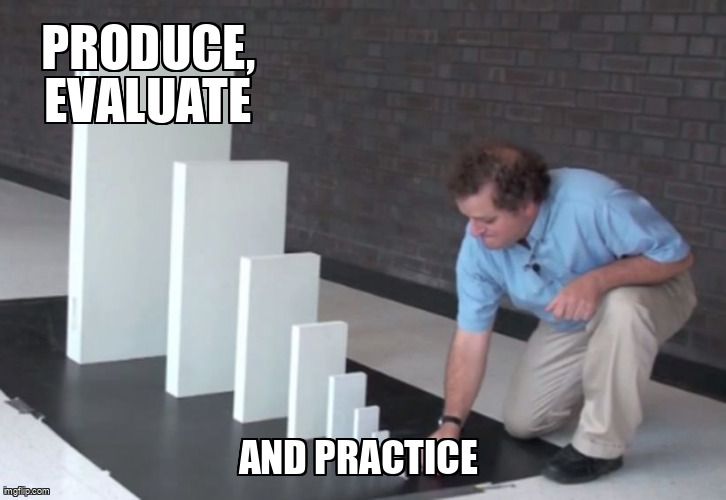Are your students bored in your classroom? Are your lessons not sticking with your students? Consider generative learning!
Generative learning refers to a type of learning characterized by active student engagement. The opposite of receiving information passively, generative learning approaches can have a powerful impact.
The video below explains how generative learning approaches have the potential to engage students deeply:
How can you as a teacher support your students' using generative approaches?
These strategies, examples, and considerations will offer insights into using generative learning in your classroom.
6 Strategies to Support Generative Learning
 Photo by Van Tay Media on Unsplash
Photo by Van Tay Media on UnsplashProf. Garvin Brod of the Leibniz Institute for Research and Information in Education highlights these six generative learning strategies (GLS) to foster a generative learning environment for students.
GLS Activities for Students
Generating concept maps to show hierarchies and relationships
Generating drawings to show a visual, abstract understanding
Generating questions to identify gaps in knowledge
Generating explanations to highlight the developing insights
Generating answers to test questions about previously learned material AKA self-testing, practice testing, and retrieval
Generating predictions to hypothesize before learning material is presented
GLSs lend themselves to many types of courses. Have your students create a concept map to show relationships among characters in play. Ask your students to create multiple-choice quizzes for a computer coding lesson. Use online discussion boards for students to raise questions they have about any course lesson.
Example of Combining Generative Learning Strategies
How can you practice generative learning in your classroom?
This example activity for an introductory computing class for business students includes concept maps, explanations, and questions. The objectives involve students:
1. Making distinctions between the terms data and information
2. Describing how both support organizational decision-making
Given that data and information would be familiar to many students, they likely have some insight to contribute. Ask students to draw a concept map that shows the relationships among data, information, and decision-making.
 Photo by Med Badr Chemmaoui on Unsplash
Photo by Med Badr Chemmaoui on UnsplashWhile this shows the use of one GLS, a teacher could have learners extend further by providing an explanation of the assumptions they made from their illustrations. Fellow learners could use each other's diagrams to generate questions regarding ambiguities they note in the meanings of the terms.
Quiz
Which of the following are NOT generative learning student activities? Select all that apply:
Considerations in Applying Generative Learning Strategies
Generative learning strategies have the potential to transform learning experiences, but teachers may experience resistance from their students for number of reasons. What's a teacher to do in this situation?
 Photo by LexScope on Unsplash
Photo by LexScope on UnsplashHere is a summary of key reasons why students might be less than eager to engage in generative learning, and ways to address their concerns.
Reasons for student resistance to generative learning:
Students are expecting to learn passively
Students are uncomfortable taking the risks that generative learning requires
Students don't want to invest the effort, time, and energy in generative learning activities
What teachers can do to support generative learning:
Teachers can provide directions & guidelines
Teachers can introduce generative learning activities gradually and model active learning
Teachers can explain the benefits of generative learning and offer incentives for engaging in generative learning activities

Take Action

Ready to try out generative learning strategies in your classroom?
Here are some online resources to help you move forward:
Your feedback matters to us.
This Byte helped me better understand the topic.
